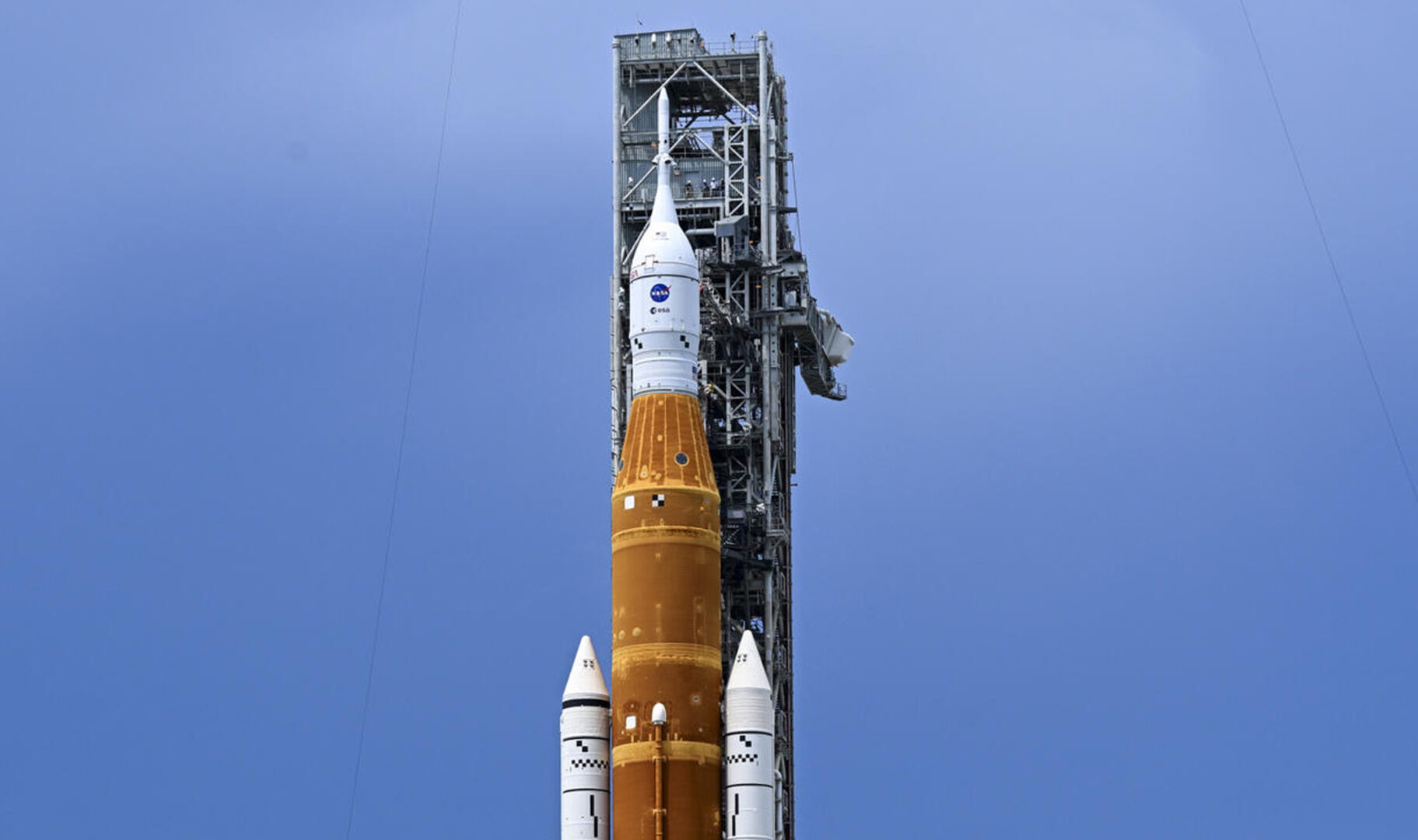UNITED STATES (AFP) — NASA’s most powerful rocket yet is set to blast off Monday on the maiden voyage of a mission to take humans back to the Moon, and eventually to Mars.
Fifty years after the last time astronauts set foot on the moon in 1972 as part of the Apollo 17 mission, the space program called Artemis is to get under way with the blast off of the uncrewed 322-foot (98-meter) Space Launch System (SLS) rocket at 8:33 a.m. (1233 GMT) from the Kennedy Space Center in Florida.
Tens of thousands of people — including US Vice President Kamala Harris — are expected to gather along the beach to watch the launch, which has been decades in the making.
Hotels around Cape Canaveral are booked solid with between 100,000 and 200,000 spectators expected to attend the launch.
The goal of the flight, dubbed Artemis 1, is to test the SLS and the Orion crew capsule that sits atop the rocket.
The capsule will orbit the Moon to see if the vessel is safe for people in the near future. At some point, Artemis will see a woman and a person of color walk on the Moon for the first time.
“This mission goes with a lot of hopes and dreams of a lot of people. And we now are the Artemis generation,” NASA administrator Bill Nelson said Saturday.
The massive orange-and-white rocket has been sitting on the space center’s Launch Complex 39B for more than a week.
Its fuel tanks began to be filled overnight Sunday to Monday, with NASA’s Exploration Ground Systems tweeting that they have been given a “go” for tanking.
But there was a brief delay of about an hour because of a high risk of lightning when the fueling operations were set to begin.
The process will continue for several hours, until the rocket is filled with more than three million liters of liquid hydrogen and oxygen.
NASA said there is an 80 percent chance of acceptable weather for a liftoff on time at the beginning of a launch window lasting two hours.
For the first time a woman — Charlie Blackwell-Thompson — will give the final green light for liftoff.
Women now account for 30 percent of the staff in the control room; there was just one for the Apollo 11 mission, the first time astronauts landed on the moon in 1969.
